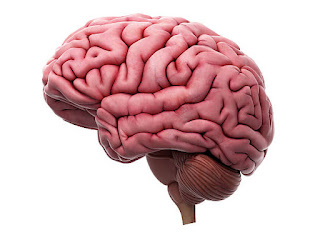Online Chair Yoga to support adults with dementia

There are various challenges to tackle for caregivers of adults with dementia. Social isolation and the demands of taking care of a person with dementia require new approaches to support the patients’ health and social interactions while creating conditions that are feasible and accessible. The pandemic added new limitations to a complicated situation. Is online supervised Chair Yoga a feasible resource to offer for adults with dementia? A small study funded by the Florida Atlantic University showed that it is. The results of this study were published by the Journal Complimentary Therapies in Clinical Practice. A study to assess the feasibility of online Chair Yoga in adults with dementia had never been done before. The study explored the feasibility of supervised online Chair Yoga in a group of patients with dementia by evaluating the retention, adherence and safety of the approach. A home-based Chair Yoga intervention was provided to 10 older patien...







